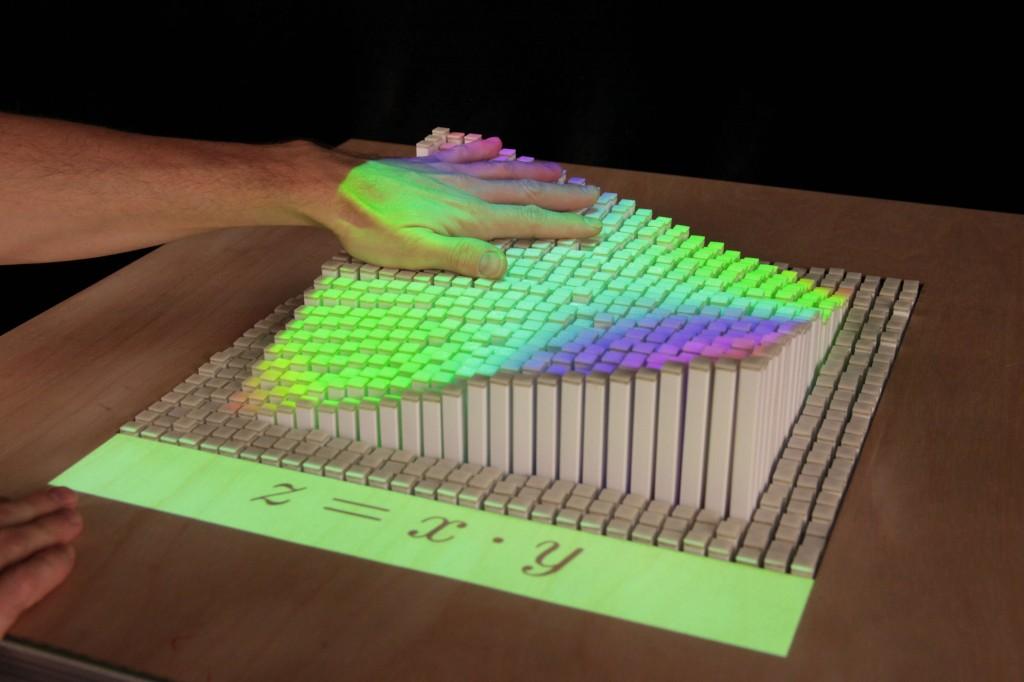A seminar titled “Grand Challenges in Shape-Changing Interface Research” will be presented by Jason ALEXANDER, on Monday, 21st of May 2018 at 16.00 at the Faculty of Mathematics, Natural Sciences and Information Technologies of the University of Primorska.
Jason ALEXANDER is a Senior Lecturer in the School of Computing and Communications at Lancaster University (UK) and specializes on the development of shape-changing interfaces—surfaces that can dynamically change their geometry based on digital content or user input and in particular their application to data physicalization.
ABSTRACT:
Recent advances in materials and technology have facilitated efforts to ‘rephysicalize’ computing. Digital information previously locked behind the screen is being brought back out into the real world, allowing our rich tactile sense to better contribute to our interactions and understanding. One approach to this rephysicalization is shape-changing interfaces—surfaces that can dynamically change their geometry based on digital content or user input. User input and output is supported through the interface’s dynamic physical reconfiguration. This talk will describe the vision of shape-changing interfaces, explore their benefits, and discuss the grand challenges facing their development and adoption.
ABOUT THE PRESENTER:
Jason is a Senior Lecturer in the School of Computing and Communications at Lancaster University. He has a BSc(Hons.) and PhD in Computer Science from the University of Canterbury in New Zealand and was previously a post-doctoral researcher at the University of Bristol. His research is broadly in Human-Computer Interaction, with a particular interest in developing novel interactive systems to bridge the physical-digital divide. His recent work focuses on the development of shape-changing interfaces—surfaces that can dynamically change their geometry based on digital content or user input and in particular their application to data physicalization. His other work has investigated designing for person fabrication and novel interaction techniques using eye-gaze, haptic feedback, and gestural interaction.
